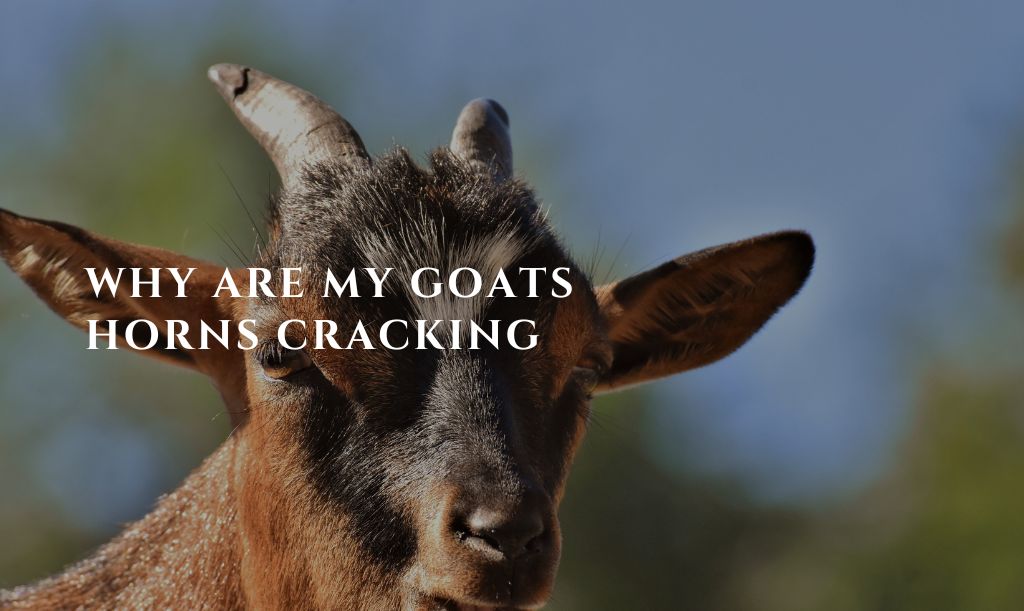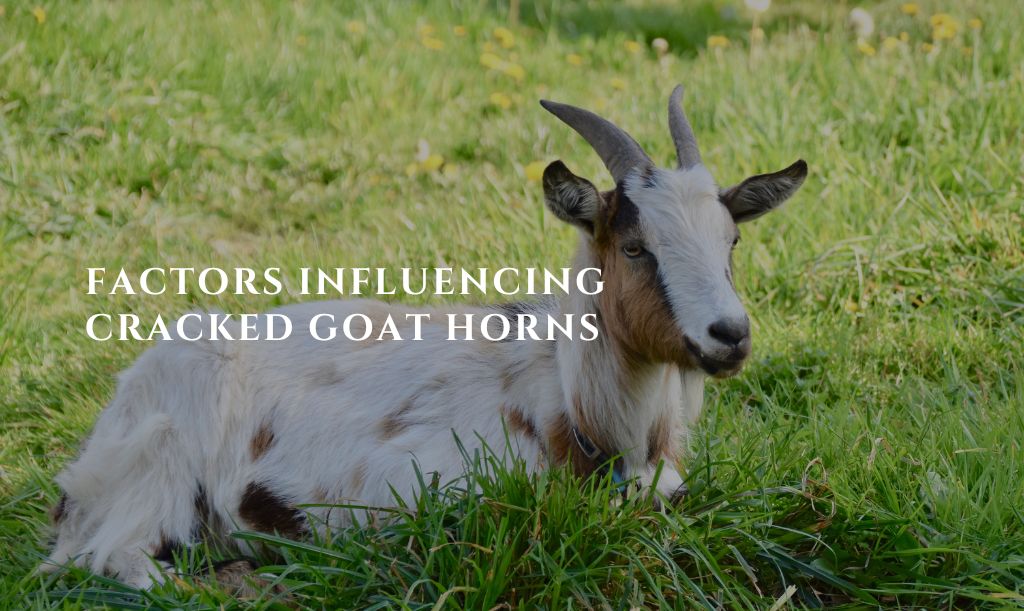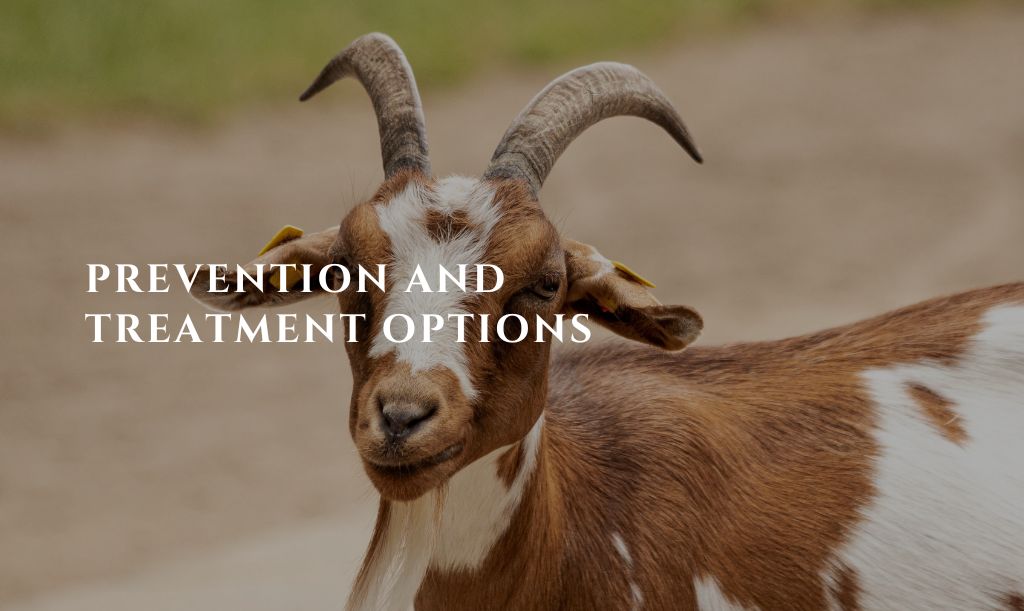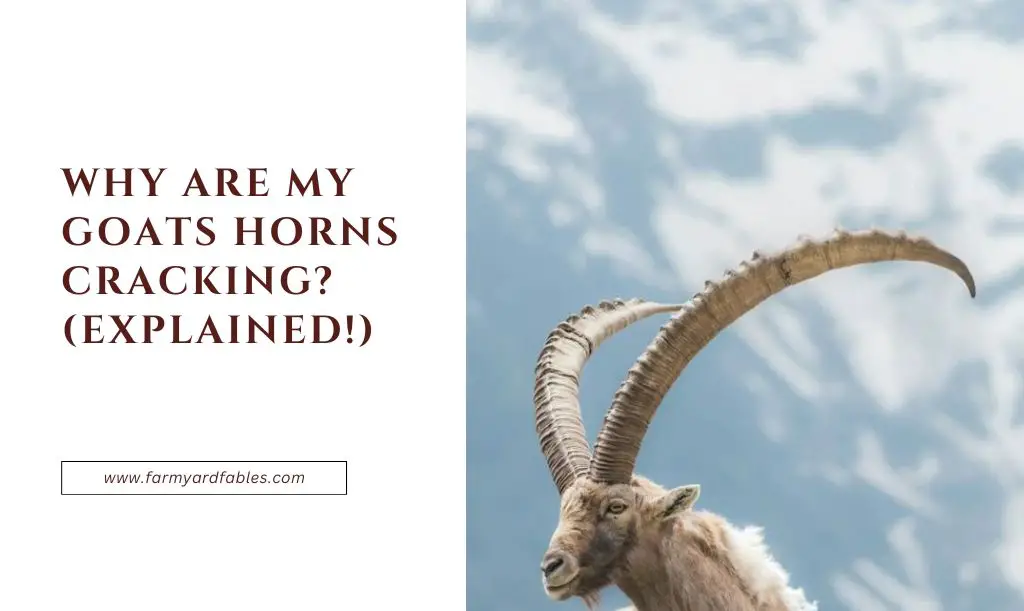Quick question: Why are my goats’ horns cracking?
Goat horns are more than just an aesthetic feature that lends an air of majesty to these creatures; they serve multiple purposes essential for their survival.
Firstly, goat horns act as a means of communication among individuals within a herd.
Through subtle movements and gestures involving their horns, goats convey messages about dominance, submission, or even aggression.
Additionally, these formidable structures act as defensive weapons when faced with predators or during territorial disputes with fellow goats.
Moreover, goat horns play a crucial role in regulating body temperature for goats living in varying climates.
In colder regions where frosty winds whip through the landscape like icy daggers, goat horns provide insulation by trapping warm air around their blood vessels located near the surface.
Conversely, in hotter environments where scorching sun rays beat down relentlessly upon them like fiery arrows from above, goat horns aid in heat dissipation by increasing blood flow to the surface vessels and promoting heat loss through evaporation.
So, Why Are My Goats Horns Cracking

Cracked goat horns can manifest as visible fissures, often accompanied by changes in texture and discoloration near the affected areas.
Not only can this cause pain and discomfort for the goats, but it also compromises their ability to perform crucial functions such as communication and defense.
As responsible goat keepers, it is our duty to understand the root causes behind this issue and seek appropriate remedies to ensure the well-being of our horned companions.
Understanding Goat Horns
Goat horns are fascinating structures that are made up of keratin, the same material found in human hair and nails.
However, unlike hair or nails, goat horns grow from a bony core called the horn core, which is attached to the skull.
The outer layer of the horn, known as the sheath or horny layer, is made up of tightly packed keratin fibers that give it strength and durability.
This outer layer constantly grows from the base of the horn throughout a goat’s life.
Underneath the sheath lies a layer called the vascular corium, rich in blood vessels that supply vital nutrients to the growing horn.
It is this combination of bone, keratinous sheath, and vascular corium that gives goat horns their characteristic shape and structure.
Function and Significance of Horns in Goats
Goat horns serve multiple functions for these majestic creatures.
Firstly, they act as formidable weapons during territorial battles or displays of dominance within herds.
Male goats, also known as bucks or billies, often engage in vigorous head-butting contests using their impressive horns to establish their authority over rivals.
Secondly, horns provide extra protection by acting as a defense mechanism against predators.
When threatened or attacked by predators such as wolves or coyotes, goats can use their horns to ward off potential threats effectively.
Additionally, goat horns play a crucial role in regulating body temperature.
These magnificent structures are equipped with a network of blood vessels that help dissipate excess heat during hot weather while also conserving warmth during cold climates.
By understanding both the structure and function of goat horns, we can better grasp why it is essential to maintain their health and prevent cracking issues that may arise.
Factors Influencing Cracked Goat Horns

Goats, just like humans, are influenced by the environment they live in.
Extreme temperatures, whether excessively hot or cold, can have an impact on goat horns.
In scorching heat, the horns may become more susceptible to cracking due to dehydration and loss of moisture.
On the other hand, freezing temperatures can cause the horn to become brittle and prone to fracture.
Additionally, dry or humid climate conditions can affect the overall health of goat horns.
Excessive dryness may lead to dehydration and cracking, while excessive humidity might create a favorable environment for bacterial or fungal infections.
Furthermore, exposure to direct sunlight or UV radiation without adequate protection can weaken the horn structure and make it susceptible to damage.
Nutritional Factors
A well-balanced diet plays a vital role in maintaining healthy goat horns.
Imbalances in essential minerals such as calcium and phosphorus can negatively impact horn growth and strength.
Calcium is particularly crucial for proper horn development as it provides strength and density.
A deficiency in this mineral can result in weak and brittle horns that are more prone to cracking.
Similarly, inadequate protein intake can affect overall horn growth and quality.
Proteins contain amino acids necessary for building strong tissues, including those found in the horns.
Genetic Factors
Genetics also play a role in determining a goat’s susceptibility to cracked horns.
Some goats inherit certain traits that make them more prone to experiencing cracked horns throughout their lives.
These genetic predispositions may include factors like weaker horn structures or compromised keratin production processes that contribute to weaker overall horn integrity.
Understanding these different factors influencing cracked goat horns is essential for proper prevention and management strategies.
By addressing environmental conditions, ensuring proper nutrition, and considering genetic predispositions when breeding goats, owners can help minimize the occurrence of cracked horns and promote overall goat welfare.
Common Symptoms and Signs of Cracked Goat Horns
Goat owners must be vigilant in observing their animals for any signs of cracked horns.
The most prominent symptom is visible cracks on the surface of the horns themselves.
These cracks can vary in length and depth, ranging from minor fissures to more severe splits that extend into the core of the horn.
Another indication of cracked goat horns is discoloration or changes in texture near the affected areas.
You may notice patches of discoloration, such as darkening or whitening, accompanied by a rough or brittle texture surrounding the cracks.
When touched, goats with cracked horns may exhibit signs of pain or sensitivity.
They might flinch or withdraw when pressure is applied to the affected area, indicating discomfort.
Prevention and Treatment Options for Cracked Goat Horns

To prevent and address cracked goat horns, implementing proper environmental management practices is crucial.
During hot weather conditions, providing shade becomes essential to shield goats from direct sunlight exposure which can contribute to horn cracking.
Similarly, protecting them from extreme cold by providing adequate shelter helps prevent horn damage caused by freezing temperatures.
Maintaining optimal humidity levels within their living environment is also important since excessively dry or humid conditions can lead to horn problems.
Furthermore, ensuring a well-balanced diet for goats promotes healthy horn growth.
Their diet should include sufficient minerals (such as calcium and phosphorus) and protein necessary for horn development and maintenance.
Supplementing their diet with mineral blocks or pellets can help address any nutritional deficiencies that may contribute to weak or brittle horns.
Regular monitoring of goat horns is crucial in preventing further damage and addressing early signs of cracking promptly.
Owners should inspect goat horns frequently for any visible cracks or other abnormalities that may arise.
Consulting a veterinarian for professional advice on preventive measures specific to your goat’s health status is highly recommended.
Why Are My Goats Horns Cracking? Conclusion
So, why are my goats’ horns cracking?
From experience, I know that cracked goat horns can be a concerning issue for owners.
However, with proper prevention and timely treatment, this problem can be mitigated effectively.
By implementing appropriate environmental management practices such as providing shade during hot weather and protecting goats from extreme cold, as well as ensuring a well-balanced diet with sufficient minerals and protein, owners can promote healthy horn growth in their goats.
Regular monitoring of goat horns is crucial for early detection of any issues, while consulting with a veterinarian offers valuable professional advice tailored to each individual goat’s needs.
By staying proactive and informed, owners can create an environment where their goats thrive with strong and resilient horns—a testament to their overall well-being.
Related Articles:
- https://farmyardfables.com/do-goats-need-light-at-night/
- https://farmyardfables.com/goat-kidding-pen-size/
FAQs
Can you file down goat horns?
Yes, you can file down goat horns, a process commonly referred to as “dehorning” or “disbudding.” This practice involves removing or blunting the sharp tips of a goat’s horns to minimize the risk of injury to both the goat itself and other animals or humans.
- Do Goats Sound Like Humans? Find Out Here! - 22 December 2023
- Vegetable Oil For Constipated Goat (Comprehensive Guide) - 22 December 2023
- Is Bermuda Hay Good For Goats? (Solved!) - 21 December 2023


